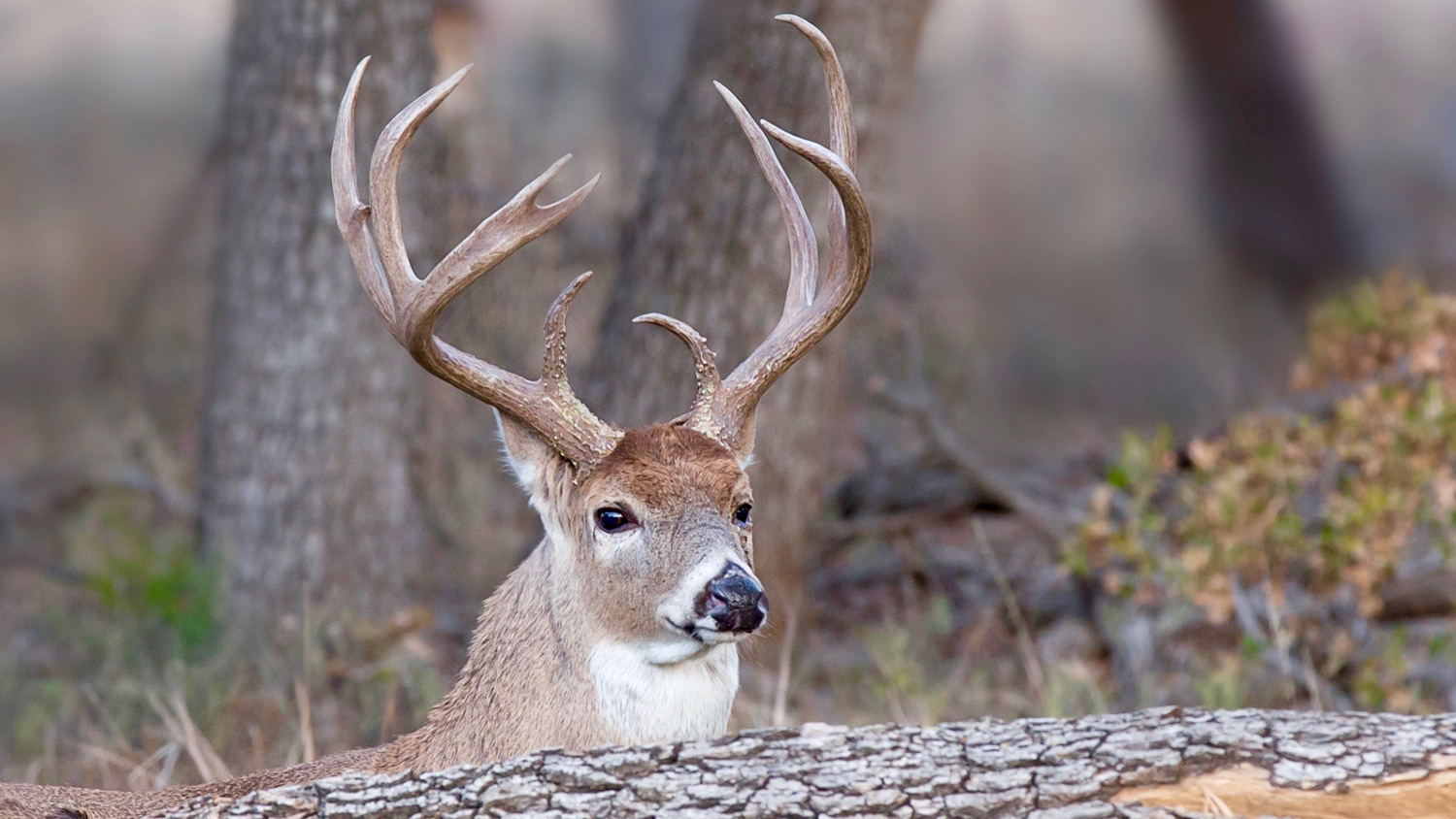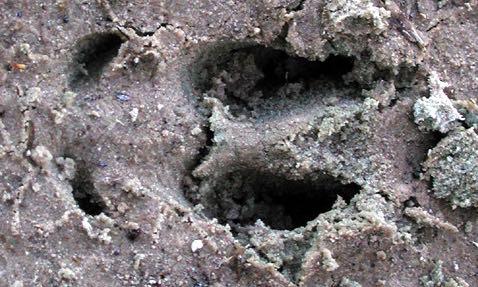Busting the Buck Myths
Are these buck blunders blowing your hunt?
Advertisement
Myth #2: Deer tracks with dewclaw marks belong to bucks.
I’m continually surprised by the number of hunters who believe they’re looking at buck prints when they see dewclaw marks. It’s simply not the case, necessarily. All deer have dewclaws, those vestigial claws on the back of the legs above the hoofs. When the ground is soft, muddy or snow covered, the dewclaws on both bucks and does will leave an impression.
Advertisement
The size of a track can also be misleading. While mature bucks generally have larger hoofs than does, not all deer are created equal—some have big feet, others have small feet and most are somewhere in the middle. And while we’re on the subject, it isn’t just bucks that drag their feet when walking through snow.
All this isn’t to say that examining tracks can’t provide meaningful clues to the sex or age of the deer that made it, but you must look at it from a broader perspective. Is it a single set of tracks? A buck is more likely to be on his own than is a doe. Is it a relatively large track? We can’t dismiss size altogether. More importantly, how long is the stride? That’s your best clue for assessing the size of the deer that made it—a mature buck has a significantly longer stride than doe. Put all these pieces together to make your best guess, but don’t be surprised if it turns out you’re wrong.


